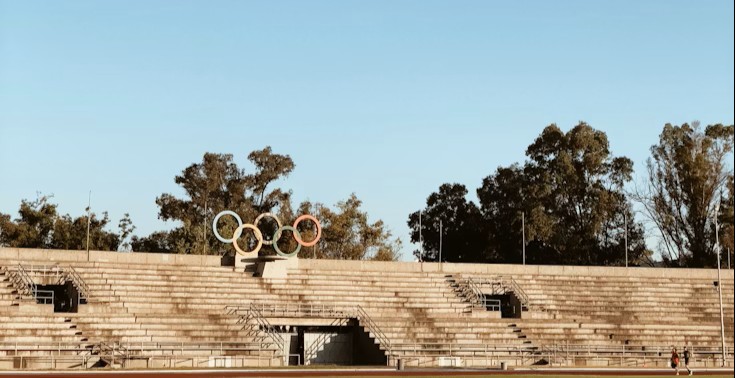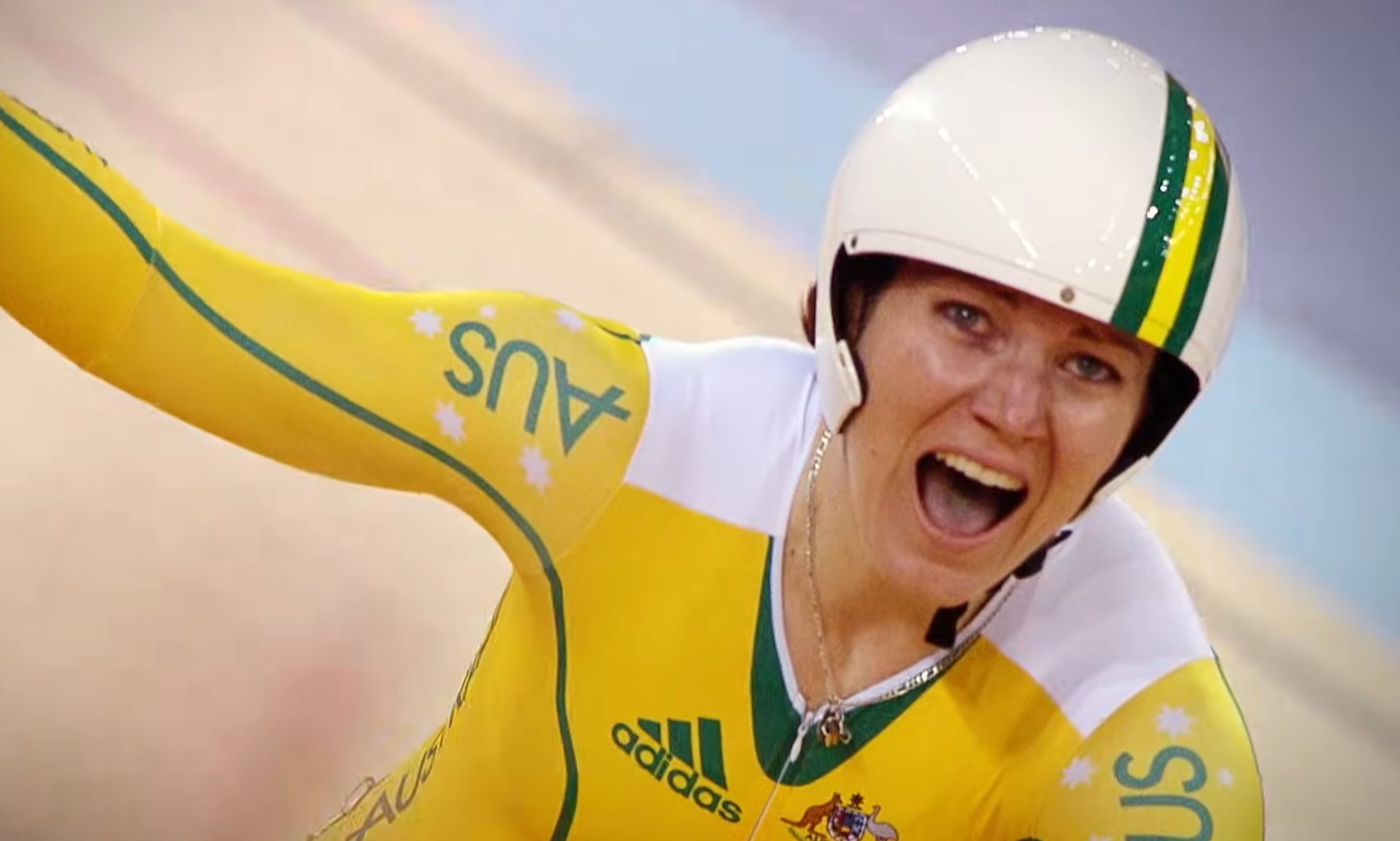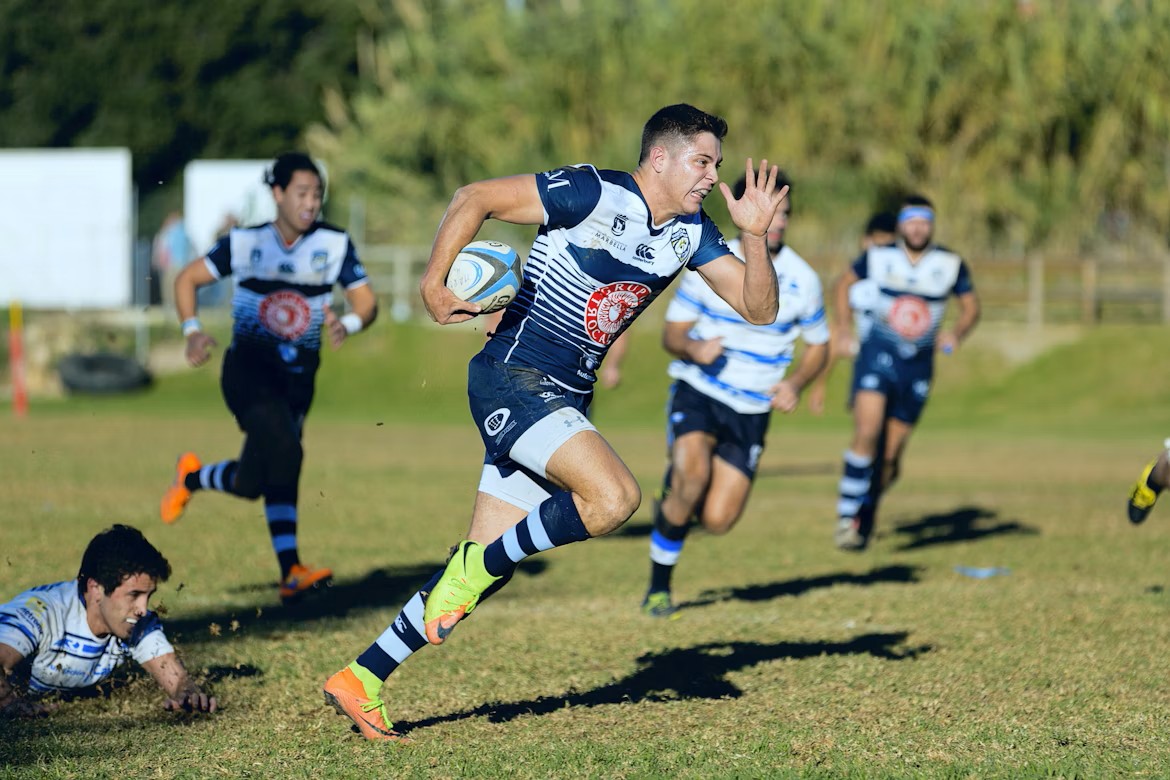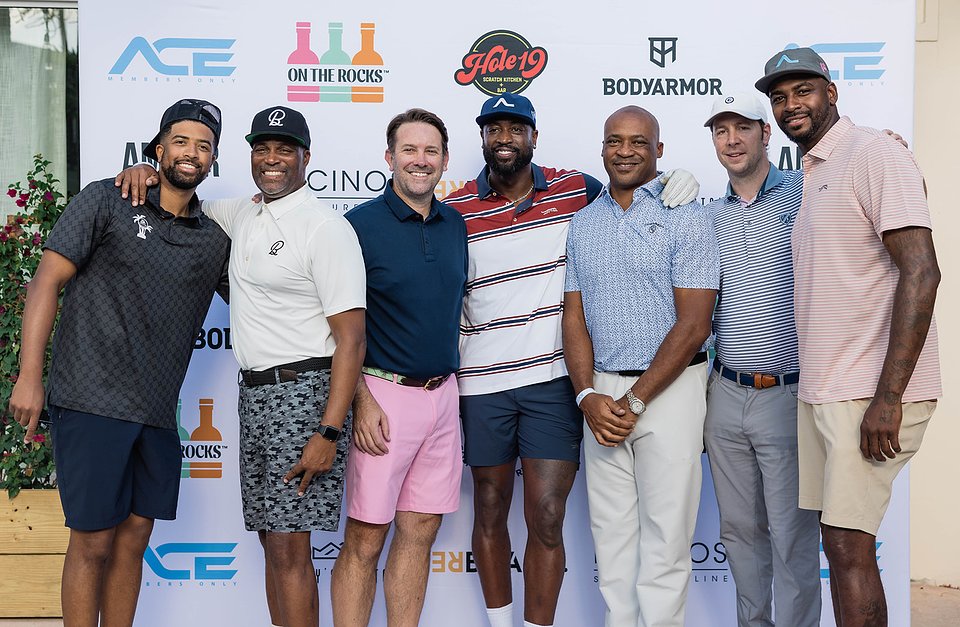The Paralympic Movement Is Sport’s Next Great Investment Story

The University of Queensland brought together key figures shaping the Brisbane 2032 Games: Andrew Liveris, President of the Brisbane Organising Committee; Cindy Hook, its CEO; and Andrew Parsons, President of the International Paralympic Committee (IPC).
Also present were a host of celebrated Australian Paralympians (Dylan Alcott and Bridie Keen) and senior leadership from Paralympics Australia, an entity holding an exclusive corporate partnership with UQ in advance of the 2026 Winter Olympics in Milano Cortina and the 2028 Summer Olympics in Los Angeles.
Parsons took centre stage, delivering a compelling address on the future of the Paralympic movement. His core message was ambitiously strategic and made clear inclusion is no longer just a moral imperative—it is an underleveraged growth asset. With more than 1.3 billion people around the world living with disability, the business and cultural case for investing in para sport has never been stronger.
Parsons challenged the Brisbane 2032 ecosystem to harness the full power of the Paralympic movement. Not just to elevate the Games, but to drive systemic change across Australia, Oceania and beyond.
While this is, of course, the right thing to do ethically and morally, a compelling business case can also be made for smart-minded investment.
Inclusion as Market Opportunity
Interestingly, the pitch for para sport today bears striking resemblance to the story arc of women’s sport just a few years ago.
Consider this recent momentum:
- The 2023 FIFA Women’s World Cup, co-hosted by Australia and New Zealand, smashed global viewership records and attracted major new sponsors. It drew a cumulative global audience of 1.9 billion viewers, nearly doubling the 2019 total.
Sponsorship revenue exceeded $308 million, with major brands such as Visa, Coca-Cola, Adidas, Xero, and Unilever actively backing the event (Reuters, Seven West Media, Advanced Television).
- Angel City FC drew investment from Serena Williams, Natalie Portman, and Alexis Ohanian, while the WNBA continues to receive backing from top-tier funds and celebrities.
- In hockey, the PWHL launched with support from the Mark Walter Group and Billie Jean King, making clear that private capital sees gender equity/inclusion as a profitable space. The PWHL has secured significant corporate sponsorships, including partnerships with Air Canada, Canadian Tire, Hyundai Auto, and Rogers. Media rights deals have been established with TSN, RDS, Sportsnet in Canada, and the Women’s Sports Network in the U.S.
In short, the inclusion revolution is becoming sport’s smartest investment. And the Paralympics—which once operated on the cultural periphery—are now increasingly in demand.
For context, Sydney 2000 gave away most of its Paralympic tickets. At Paris 2024, fans paid up to €100, with over 2.5 million tickets sold—highlighting a dramatic shift in global demand and perceived value.
Moving Past the “Superhuman” Frame
But as attention grows, so too does the need for brand evolution.
Parsons acknowledged that while British (Channel 4) campaigns like “Superhumans” from the 2012 London Games were groundbreaking, they no longer fully serve the movement. That narrative tends to spotlight only a narrow slice of the Paralympic population—those who fit a high-tech, high-drama profile.
It overlooks a broader reality: many Paralympians were born with disabilities rather than acquiring them through traumatic events, and many do not rely on advanced prosthetics or high-cost technology in order to compete. They are not mythical figures. They are elite athletes with a range of abilities, stories, and aspirations.
To reflect that diversity, the Paralympic brand must mature—moving away from simplified, often heroic tropes – toward a more nuanced, human-centred narrative.
The story is part of it but in today’s environment the narrative must achieve a state where it is monetised.
The NIL Blueprint: Athletes as Platforms
One model worth emulating comes from U.S. college sports landscape, where the rise of Name, Image, and Likeness (NIL) rights has transformed athletes into self-owned brands. No longer just endorsers, today’s top college athletes are content creators, entrepreneurs, and the builder of business assets.
This athlete-as-platform model positions individuals not just as part of the sport economy—but as producers of value within it.
Para sport is ripe for this kind of transformation. Imagine a generation of Paralympians empowered to build audiences, monetize content, form partnerships, and sustain careers beyond their specific Games window.
Brisbane 2032 offers a unique opportunity to build the support structures for this platform-based future—especially in a region with the infrastructure, cultural readiness, and, particularly, the political will to lead.
The Long Play
The inclusion revolution is not a side project—it’s a main stage opportunity. And its timing couldn’t be better. As investors, sponsors, and media companies look to align with values-driven properties that also deliver scale, the Paralympic brand stands at a crossroads: tradition or transformation.
Parsons made the direction clear, but vision alone won’t be enough. It will take investment, alignment, and a commitment to rethinking how we support and showcase disabled athletes—not just every four years, but year-round.
Brisbane 2032 has the chance to become the Games that redefine what ability-based inclusion means in sport—and what comprehensive inclusion can do for sport. Brisbane 2032 has the chance to be the Games that redefine inclusion—not just in sport, but through sport.
The long play? Back platforms that give Paralympic athletes the tools to grow their influence beyond the field of play. One emerging example is Playa Power, a new athlete marketing platform designed to help all athletes—especially those underrepresented—build commercial value and visibility.
We also suggest sport organisations establish youth advisory boards that include young people with disabilities—voices that bring lived experience, challenge assumptions, and shape the future. The NHL has shown it works; Brisbane 2032 could set a new global standard.
John Cairney is Head of the University of Queensland’s School of Human Movement and Nutrition Sciences. He also serves as Deputy Executive Director for the Office of 2032 Games Engagement and Director of the Queensland Centre for Olympic and Paralympic Studies.
Rick Burton is the David B. Falk Emeritus Professor of Sport Management at Syracuse University, a consultant for XV and Endava as well as co-author of the recently released Rise of Major League Soccer (Lyons Press, 2025). Rick was also the chief marketing officer for the USOC for the for the 2008 Beijing Summer Olympics.
Similar Stories

LA28 Olympics Surpasses $2 Billion Sponsorship Target
The 2028 Los Angeles Olympic and Paralympic Games (LA28) have secured a commercial...

Believe. Belong. Become – Brisbane 2032
The Brisbane 2032 Organising Committee has unveiled its official Games Vision“Believe. Belong. Become....

How Would Michael Porter View Brisbane 2032
By John Cairney & Rick Burton One of our respective daughters is studying...
It's free to join the team!
Join the most engaged community in the Sports Business World.
Get all the latest news, insights, data, education and event updates.






